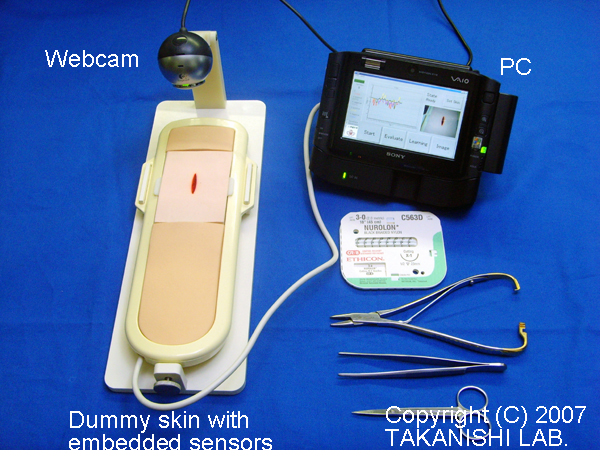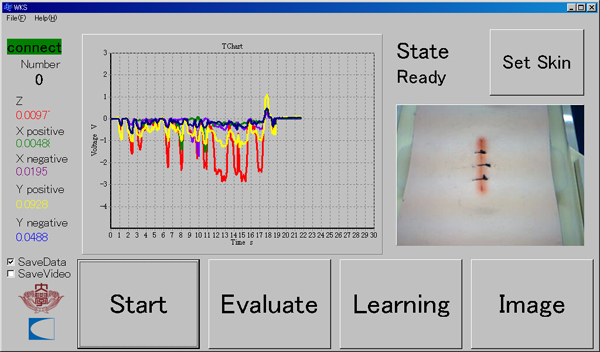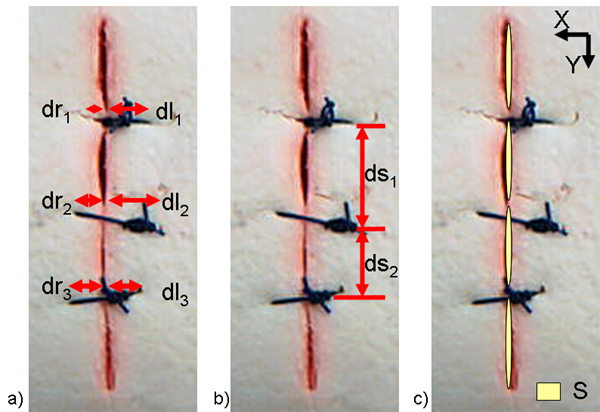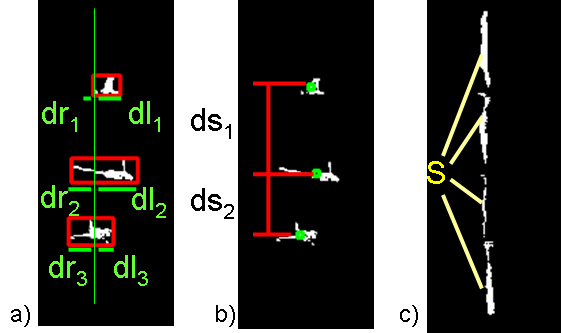

|
|

Waseda
1.Objective |
1.Objective
Surgeons, during a medical intervention, perform different kinds of manual tasks with dexterity and precision. In order to assure the success of the intervention, medical students are trained several years using training models so that they can perform such tasks with accuracy to avoid any possible risk to patients. However, current training models are merely designed to imitate the surgical procedure without providing any further information about the how well the task was done.
For that reason, since 2005, we have been developing the Evaluation System for Surgical Skill which is proposed to imitate surgical procedures as well as provide quantitative information of the learning progress of trainees.
In addition, this system is developed with Kyoto-Kagaku co., Ltd and planning to sell this system in near future.
2.Overview
In 2007, we developed the Evaluation system for surgical skill WKS-2R(Waseda Kyotokagaku Skin No.2 Refined) which is composed by a dummy skin with embedded sensors, a webcam and a personal computer.

In order to integrate of the electronic circuit of the proposed training system, we embedded a PIC inside a trainer frame produced by KyotoKagaku. This PIC includes a 10-bits analog-digital converter as well as supports the USB2.0 connection. As a result, we were able of enhancing the portability of the WKS-2R. In fact, the WKS-2R can be now connected in any conventional personal computer without requiring any external supply.

In order to perform the training session, an user-friendly GUI was developed. Meanwhile the trainee is performing the task, the information about the movement of thedummy skin is recorded by using a Peripheral interface controller. The collected information is then managed by means of a database.
Thanks to the improvements in both hardware and software, now we are able of performing more detailed field experiments.

We propose implementing a suture image processing to determine the suture width, suture distance and wound area, which playa key role in determining how well the task has been done. As an example, Fig 6 shows image which has been taken after the task has been completed.
From Fig. 6, we can measure suture width, suture distance, wound area.
The open wound has been considerd as the summing the areas in dark color.
The suture width has been considered as the distance between the needle insertion point and the withdraw point.
The suture distance has been considered as the distance of the suture respect to the central one.


a) Suture width, b) Suture distance, c)Wound area